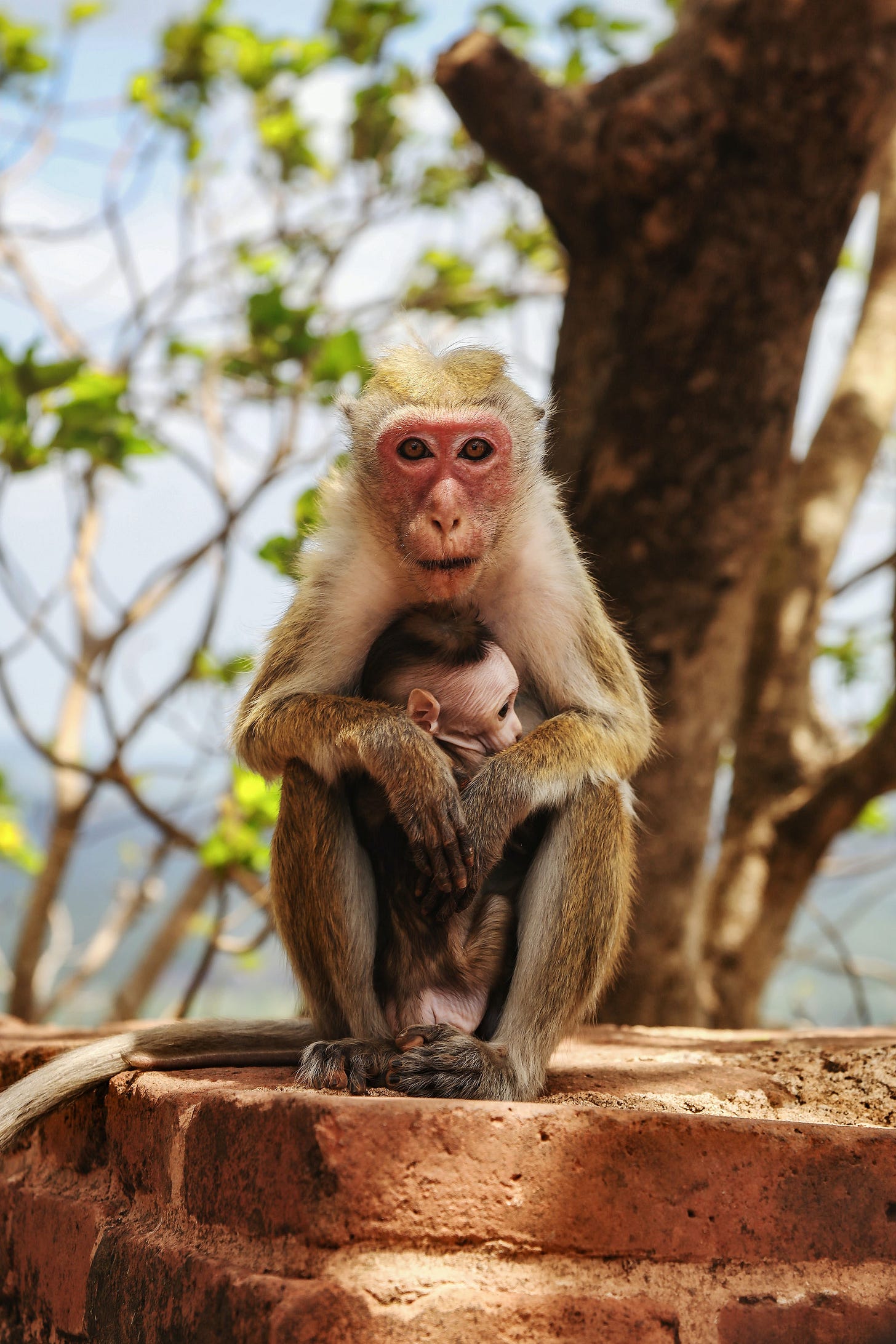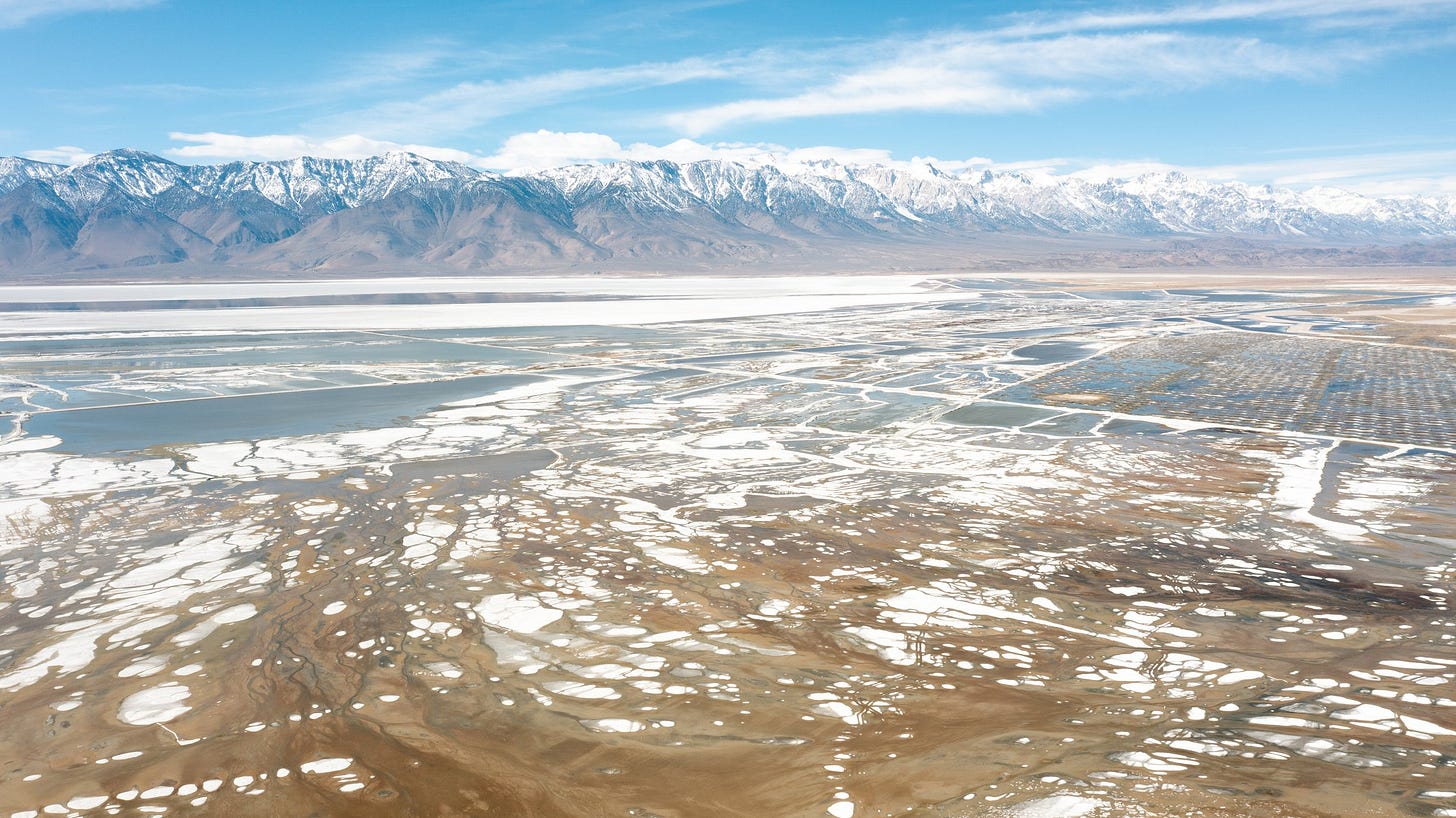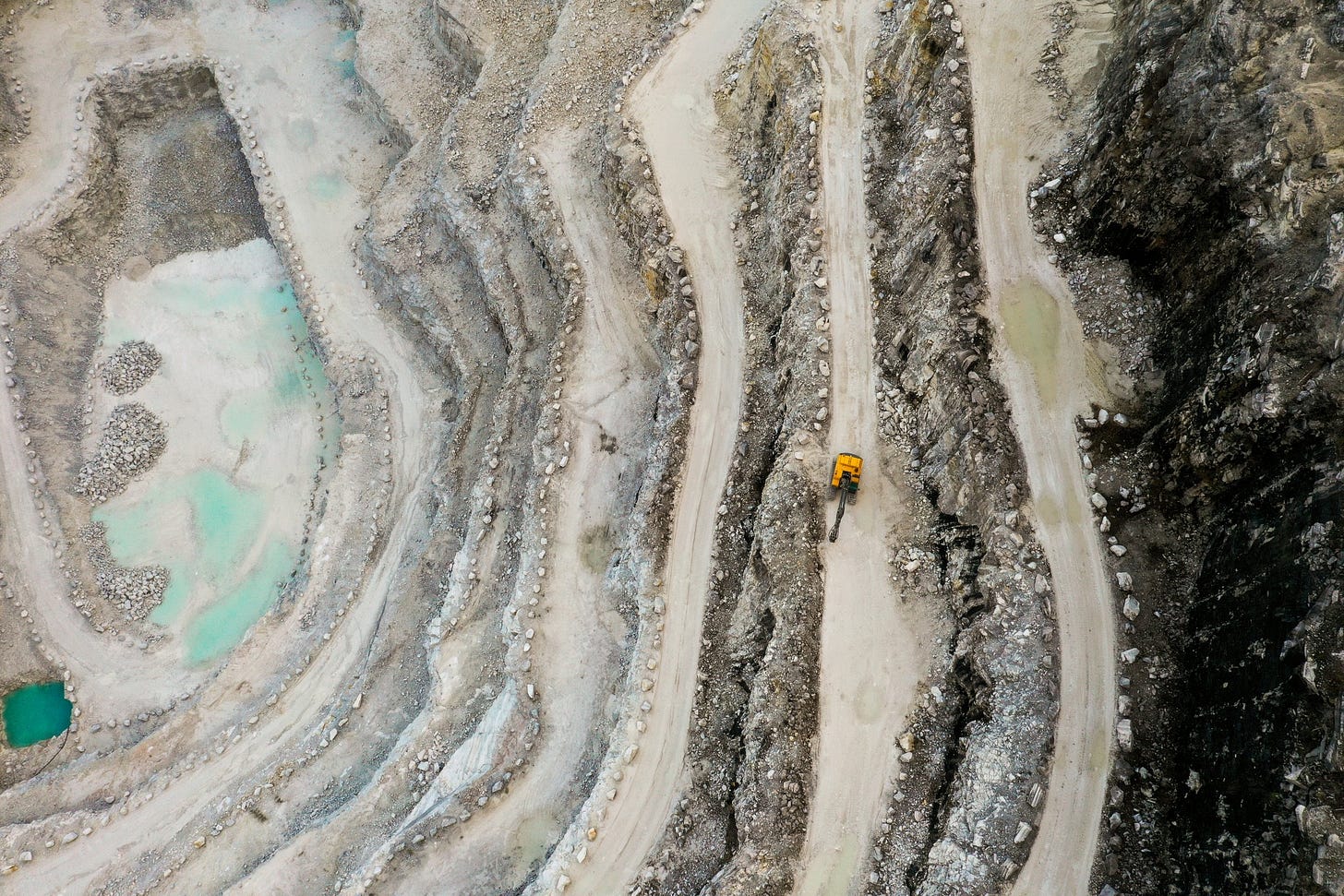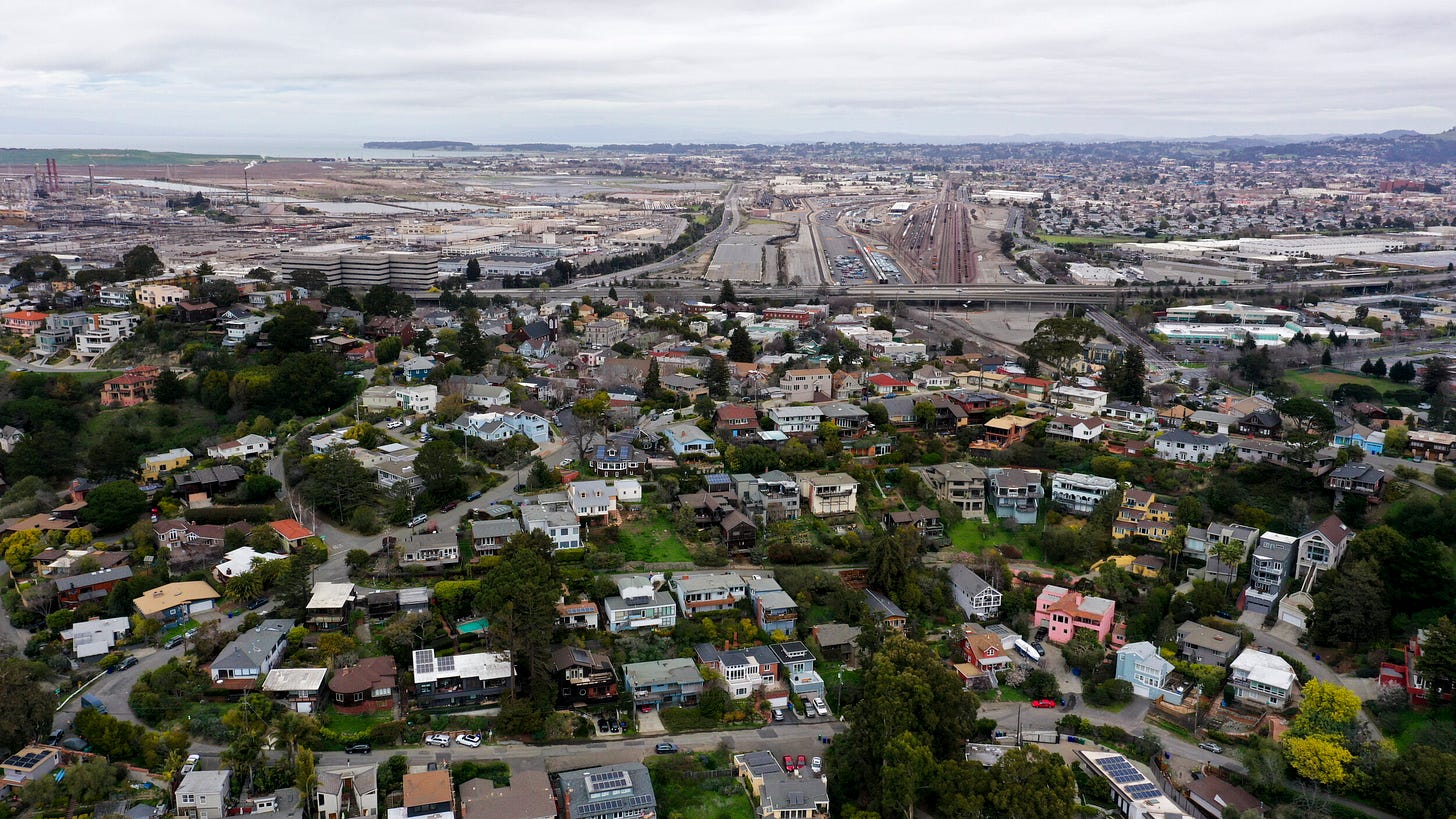To view this as a flip book, click here.
When I was a child, it felt like the world would be better if it was God-less. I grew up in the city, and all I knew of religion came from the Sunday school I was forced to go to by my parents and from learning Christianity’s coercive history from my Native family back on the rez in Montana. At that time, rituals felt like contracts and prayers felt like pretend. However, as I connected more with my heritage, that opinion began to fray. I realized that belief and religion, divorced from politicization, are really an expression of human culture, something more significant and palpable. I realized that spirit does feel good and uniting even more so. And I realized simultaneously that the climate crisis is about more than just the discrete functional changes to our energy systems: it’s also about the way we, as humans, see ourselves in relation to the rest of the world. The question becomes one of relationships between ourselves and the Earth and how we might find a better way of living together.
I have been thinking about this question for years but my ears perked up when my colleague Alyssa Ng told me about something she noticed at CBD COP15. The COP brought together diplomats and activists to discuss how the UN and its member states can protect biodiversity through the Global Biodiversity Framework. During the proceedings, a discernible theme of estrangement emerged. Alyssa noted that the rhetoric used to engage with biodiversity had a certain “awayness,” an idea that humans are not only different from the rest of nature, but in dominance over it. This attitude is nearly universal,1 even among those concerned for the climate.
But what’s the matter with that? Pondering ideas like awayness are often regarded as one of high-minded, snooty institutions that waste time on “deep” philosophical questions. Most of us are concerned with more practical matters: How will I make rent? How will I pay for school? Am I living on a dying planet? But the question of awayness is profoundly consequential when we realize that the language we use to define the world also ends up defining ourselves, what we expect from life, and what we expect for the future of humanity.
So, what does the awayness mean? For the better part of five centuries, the culture of the West has persistently moved humanity further and further from “nature” towards anthropocentrism. In empirical terms, humans are not independent of nature. Knowingly or not, we constantly interact with and depend on other organisms, like pollinators that support food production and microorganisms that enable our gut microbiome.2 So what motivates this awayness? This detachment provides the permission structure that has been used for centuries to exploit the Earth’s bounty. Anthropocentrism has limited our worldview through an emphasis on human dominance, constraining our temporal grasp of the world to limited time horizons based on our capitalistic goals.
A few key structures articulated and fueled anthropocentric lifeways: Christianity, capitalism and the Enlightenment. These three are also cornerstones of Western civilization. Christianity presented Adam and Eve, the Bible’s first man and woman, as not only made in God’s image, but as the bearers and, inevitably, exploiters of all of Earth’s delights.3 Though this theme can be seen in the other Abrahamic religions (Judaism and Islam), Christianity’s religious and philosophical apparatus has undergirded what we now call “the West.” Another typification of the West is the Enlightenment. Middle school history courses teach how the Enlightenment was pitted against religion: antithetical and wholly unable to be reconciled. Yet, Descartes famously identified a split between the thinking world and inert matter,4 a dualistic worldview that presumed the elevation of humanity. I do not claim that Christianity or Enlightenment philosophy are inherently anti-nature, but their ideas were sewn together by capitalistic values to create the scaffolding for environmental degradation.
The modern structure of markets puts one thing first: profit. Many are familiar with the idea that a company’s first responsibility is to its shareholders. Now, on an individual company level this gives minimal concern, but what happens when it is applied on a global scale? In Braiding Sweetgrass, Robin Wall Kimmerer asserts that the anthropocentric worldview has humanity set in addictive positive feedback loops where companies “insatiably devour the Earth’s resources ‘not for need but for greed.’”5 Not only does this lifeway prioritize short-term success, it unravels Earth’s natural processes through the marketization of the Earth’s systems, which have already been successful and efficient for millennia.6 And the truth is, everyone is responsible. “We are all complicit. We’ve allowed the ‘market’ to define what we value so that the redefined common good seems to depend on profligate lifestyles that enrich the sellers while impoverishing the soul and the Earth.”7
But, why am I telling you this?
Anthropocentrism is a problem. It has motivated humanity to abandon a common but old prioritization of human and planetary health. So now, many are beginning to panic, realizing the wholesale nature of our climate crisis. The climate crisis is challenging because we must both break apart the world that we live in—which is scary—and, simultaneously, we must construct a better future—which is scarier.
A part of constructing a new world is what Kimmerer calls “re-story-ation,” where learning new stories by remaking them or looking to nature for them ultimately results in a change within people’s attitudes and behaviors because of the natural reciprocity of language and meaning. This is a particular human ability to form meaning, purpose, vision, and, ultimately, ourselves through the eyes of language.
This is where Indigenous peoples enter the conversation. For millennia, Indigenous communities have embraced perspectives on the Earth and human-nature interactions that harmonize with the time horizon of natural processes. The Indigenous approach views nature as a wellspring of knowledge where all beings are equally consequential to life on Earth, implicitly challenging anthropocentrism and the awayness it creates. Though Indigenous peoples are not monolithic, many Indigenous communities share a reverence for generational knowledge and the Earth.
The Raramuri of the eastern Sierra Madres of Chihuahua, Mexico are a prime example. The Raramuri, like many Indigenous communities, are “aware that life in any environment is viable only when humans view their surroundings as kin; that their mutual roles are essential for their survival.”8 The Raramuri live in a place of biological splendor where they use nearly 350 different plants for food and medicine, as compared to the non-Indigenous population of the region that use about 40% of what the Raramuri use.9 For the Raramuri, each plant has ritual associated with it, many of which provide direction on how and when to interact with the environment as a whole. The Raramuri live in deep connection to their environment; their creation story even posits the Raramuri as being descended from plants. The Raramuri’s use of corn typifies this relationship: they take great care to pick and plant in a way that creates abundance, longevity, diversity and quality to meet cultural needs. They are in deep relation with their Creator as well who brings the rain and the sacred corn and they offer the corn back via the ritual consumption of corn beer. They believe their offering to Creator supports the soil and thus protects their settlements during the rainy season.10 In this way, the Raramuri marry the practical world to the spiritual, and it is in this marriage that culture develops. As Kimmerer put it: “That, I think, is the power of ceremony: it marries the mundane to the sacred. The water turns to wine, the coffee to a prayer.”11
The way the Raramuri live also represents a virtuous circle where continuous interaction with the natural world creates ceremony and ceremony creates a human understanding of the natural world. For the Raramuri, this relationship is called iwígara or “the total interconnectedness and integration of all life in the Sierra Madres, physical and spiritual.”12 “To say iwígara to a Raramuri calls on that person to realize life in all its forms.”13 This way of life heartily impacts non-human life. On a larger scale, these relationships have resulted in Indigenous people protecting 80% of the world’s biodiversity.14
Indigenous communities also recognize and often fulfill critical human needs for generational knowledge. They understand that the reciprocal relationship between people and the environment allows a harmony to develop between people and the planet, which is not appreciated in Western societies. As scholar Timothy Morton puts it: “though humans have caused the anthropocene, we are not in control of it” because we are in fundamental misalignment with the planet and planetary systems.15 The lack of control comes from our fractured relationships with the planet. What the Raramuri demonstrate is not simply a reciprocal relationship with the environment, but also, over generations, a novel way of gathering and testing knowledge. For most of human history, what has typified us is our insatiable need for knowledge posited and tested through cultural practices over generations. “[Humanity] has become entirely reliant upon acquiring large bodies of accumulated knowledge, practices, heuristics, skills, emotions and motivations for our survival.”16
The long-term way of knowing described previously is a process defined by locality. Humans respond strongly to things they know17 and there is a psychological connection between “appreciating something's life-givingness and [the human] desire to protect it.”18 Indigenous people demonstrate how, over time, the closeness that humans develop to wherever we call home can eventually parlay into a radically deep understanding of the environment. This complex process produces what most of us would call wisdom, though others call it traditional ecological knowledge. The concept that generational knowledge creates culture and culture creates generational knowledge is significant because the greatest teacher in this dynamic is the Earth, the one thing that is continuous throughout the accumulation of knowledge.
The examples presented of the Raramuri and ideas from Robin Wall Kimmerer are vital because they represent a direction forward. The climate crisis has produced melancholy and defeat, as most struggle to imagine a world free of the very systems that are destroying it. Indigenous lifeways offer a path that is far more human.
A pressing question that almost always emerges when discussing Indigenous lifeways and traditional ecological knowledge is, How does this apply to me? Though most of us cannot live exactly like Indigenous peoples of the past, all of us can engage with re-story-ation and the wisdom that already exists. How we talk about ideas changes how we act. By creating humanity as a God-like species with the Sisyphean burden of saving the planet we have degraded, we are telling ourselves a story of dominance, even when the story’s goals are aligned with environmental preservation. Instead, by telling the human story in a way that is in harmony with the environment, we can develop the “courage to turn and face the [threat] that stalks us, to refuse to participate in an economy that destroys the beloved Earth to line the pockets of the greedy, to demand an economy that is aligned with life, not stacked against it.”19
Climate change is scary and old tropes won’t save us. It is time for the people who have been raised by the West to look for other ideas and different ways of knowing. The awayness that exists in a UN negotiation room is just as significant as the awayness that exists on the morning commuter train because it signals a void between us and everything else. By telling new stories, we can connect better with the rest of the world’s earthlings and find knowledge that has been lost. This generational knowledge and the connection to the planet that Indigenous people operate in used to be the lifeways of all people. Sometimes our stories will echo those told to us by the bearers of ancient knowledge, and sometimes we’ll tell new stories to match this new climate paradigm. By telling new stories, finding new words, and bolstering promising ideas, we might be able to not only address the climate crisis but actually have a vision for the future.
Olausson, U. (2020). Making Sense of the Human-Nature Relationship: A Reception Study of the “Nature Is Speaking” Campaign on YouTube. Nature and Culture, 15(3), 272–295. https://www.jstor.org/stable/27112249
Alberro, H. (2019). Humanity and nature are not separate – we must see them as one to fix the Climate Crisis. The Conversation. https://theconversation.com/humanity-and-nature-are-not-separate-we-must-see-them-as-one-to-fix-the-climate-crisis-122110
White, L. (1967). The Historical Roots of Our Ecologic Crisis. Science, 155(3767), 1203–1207. http://www.jstor.org/stable/1720120
Alberro, H. (2019).
Kimmerer, R. W. (2015). Braiding sweetgrass. Milkweed Editions.
Dalrymple, S. (2022). Are humans separate from nature?. British Ecological Society. https://www.britishecologicalsociety.org/are-humans-separate-from-nature/
Kimmerer, R. W. (2015).
Salmón, E. (2000). Kincentric Ecology: Indigenous Perceptions of the Human-Nature Relationship. Ecological Applications, 10(5), 1327–1332. https://doi.org/10.2307/2641288
Salmón, E. (2000).
Salmón, E. (2000).
Kimmerer, R. W. (2015).
Salmón, E. (2000).
Salmón, E. (2000).
International Fund for Agricultural Development. (2022). Indigenous peoples are protecting biodiversity, one harvest at a time. IFAD. https://www.ifad.org/en/web/latest/-/indigenous-peoples-are-protecting-biodiversity-one-harvest-at-a-time
Blasdel, A. (2017). “A reckoning for our species”: The philosopher prophet of the anthropocene. The Guardian. https://www.theguardian.com/world/2017/jun/15/timothy-morton-anthropocene-philosopher
Henrich, J. “How culture made us uniquely human.” Zygon (Forthcoming).
Botkin-Kowacki, E. (2022). Are we part of nature, or separate from it? How you answer matters. Northeastern Global News. https://news.northeastern.edu/2022/04/07/humans-and-nature/
Botkin-Kowacki, E. (2022).
Kimmerer, R. W. (2015).
Works Consulted:
Eckberg, D. L., & Blocker, T. J. (1989). Varieties of Religious Involvement and Environmental Concerns: Testing the Lynn White Thesis. Journal for the Scientific Study of Religion, 28(4), 509–517. https://doi.org/10.2307/1386580
Haila, Yrjo. (2000). Beyond the Nature-Culture Dualism. Biology and Philosophy. 15. 155-175. 10.1023/A:1006625830102.
Orians, G. H. (2008). Nature & Human Nature. Daedalus, 137(2), 39–48. http://www.jstor.org/stable/20028179
Ralph Maughan. (2015, May 15). Are people part of nature?. The Wildlife News. https://www.thewildlifenews.com/2015/05/25/are-people-part-of-nature/
Sachs, A. (2003). The Ultimate “Other”: Post-Colonialism and Alexander Von Humboldt’s Ecological Relationship with Nature. History and Theory, 42(4), 111–135. http://www.jstor.org/stable/3590683
Tilman, David; Isbell, Forest; & Cowles, Jane. (2014). Biodiversity and Ecosystem Functioning. Annual Review of Ecology, Evolution, and Systematics. 45. 471-493. 10.1146/annurev-ecolsys-120213-091917.
Vucetich, J. A. (2017, August 18). Are humans and nature fundamentally one and the same?. Center for Humans and Nature. https://humansandnature.org/are-humans-and-nature-fundamentally-one-and-the-same
Photography Attributes:
Planet Labs PBC - Algal bloom in Lake Valencia, Venezuela - Edited by Ryder Kimball
Ryder Kimball - Drone image of Owens Lake, California - Edited by Ryder Kimball
龔 月強 - Brown Monkey
Ryder Kimball - Quarry in Upstate New York - Edited by Ryder Kimball
Ryder Kimball - Drone image near Richmond, California - Edited by Ryder Kimball








